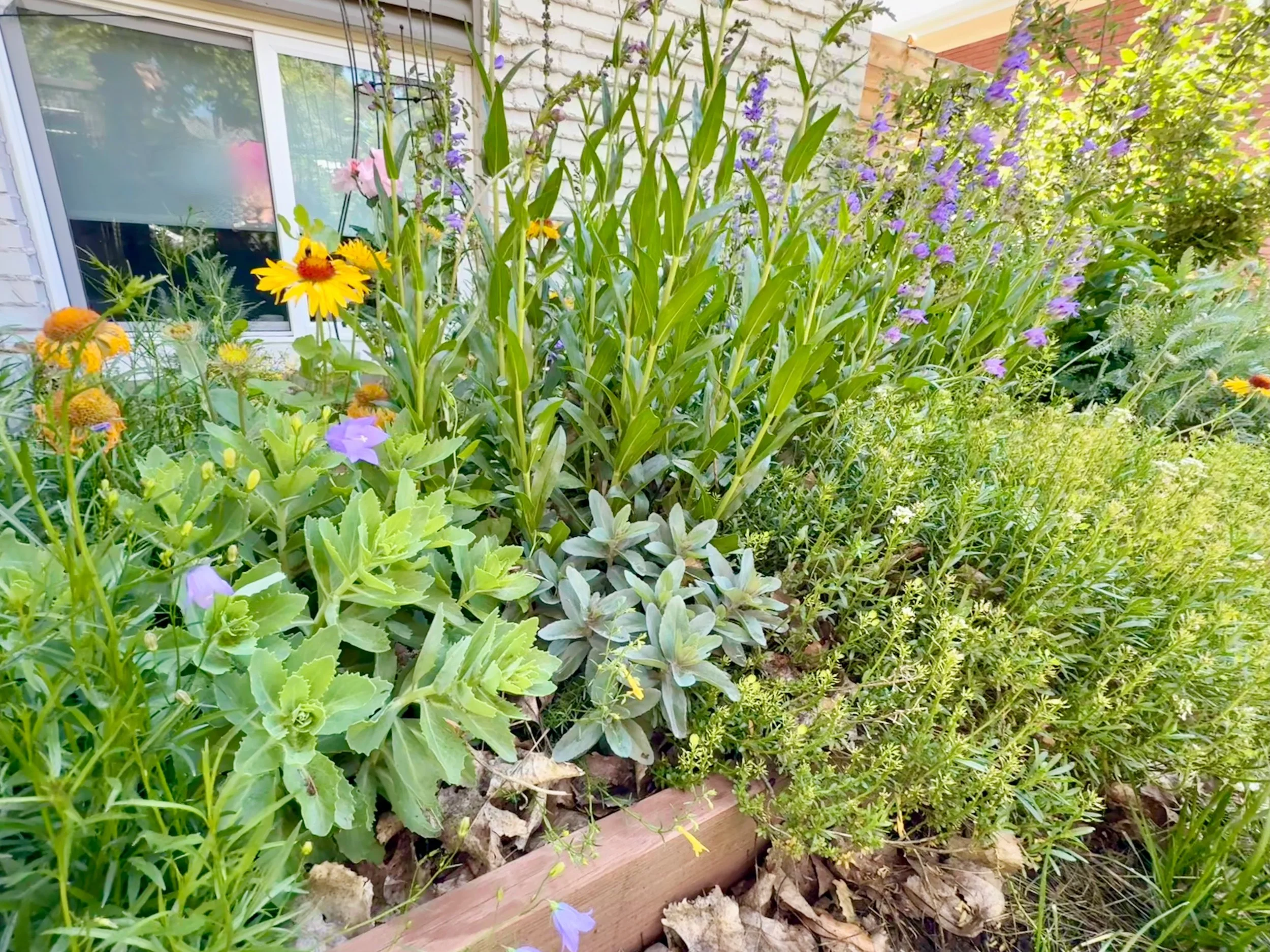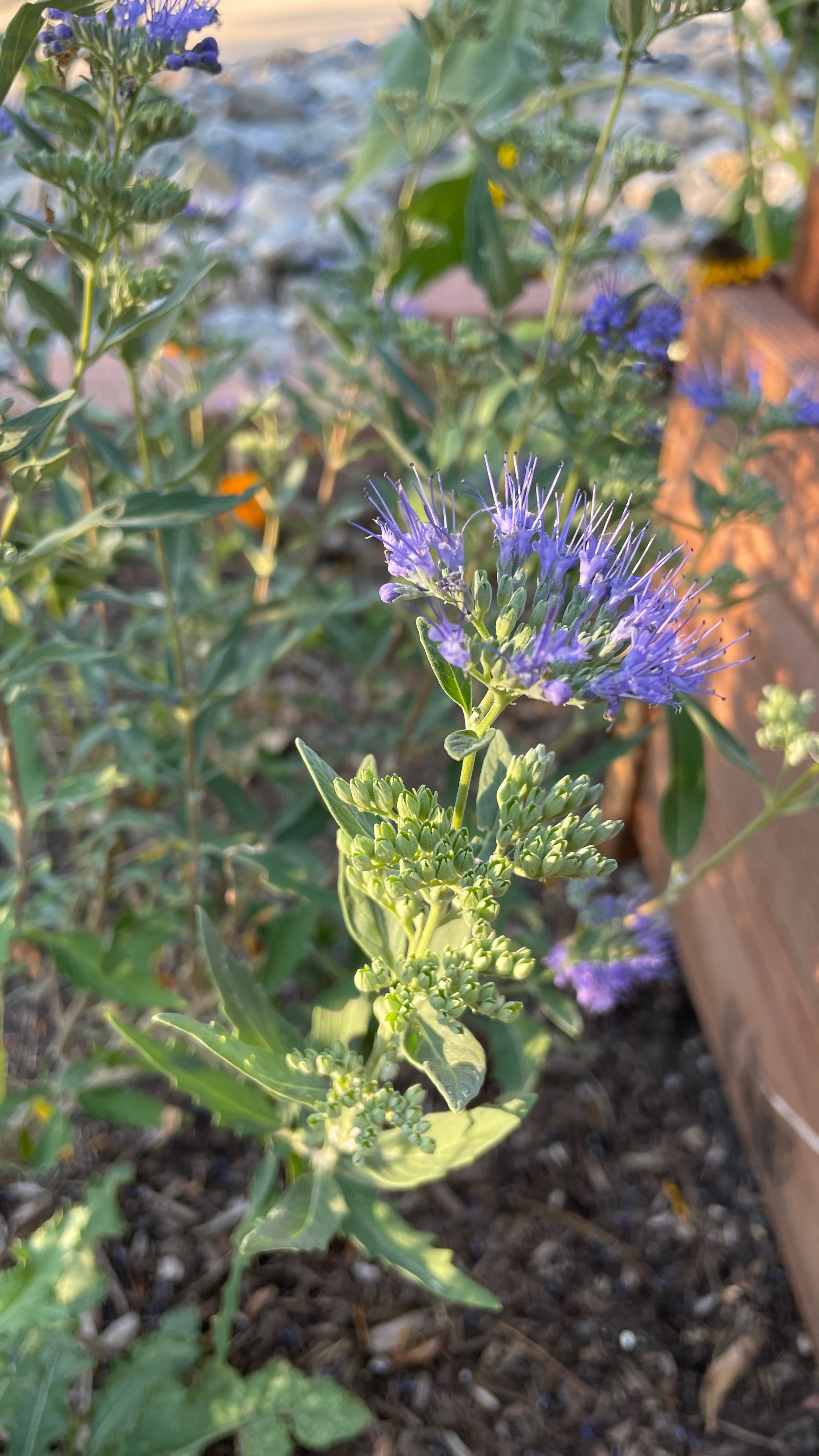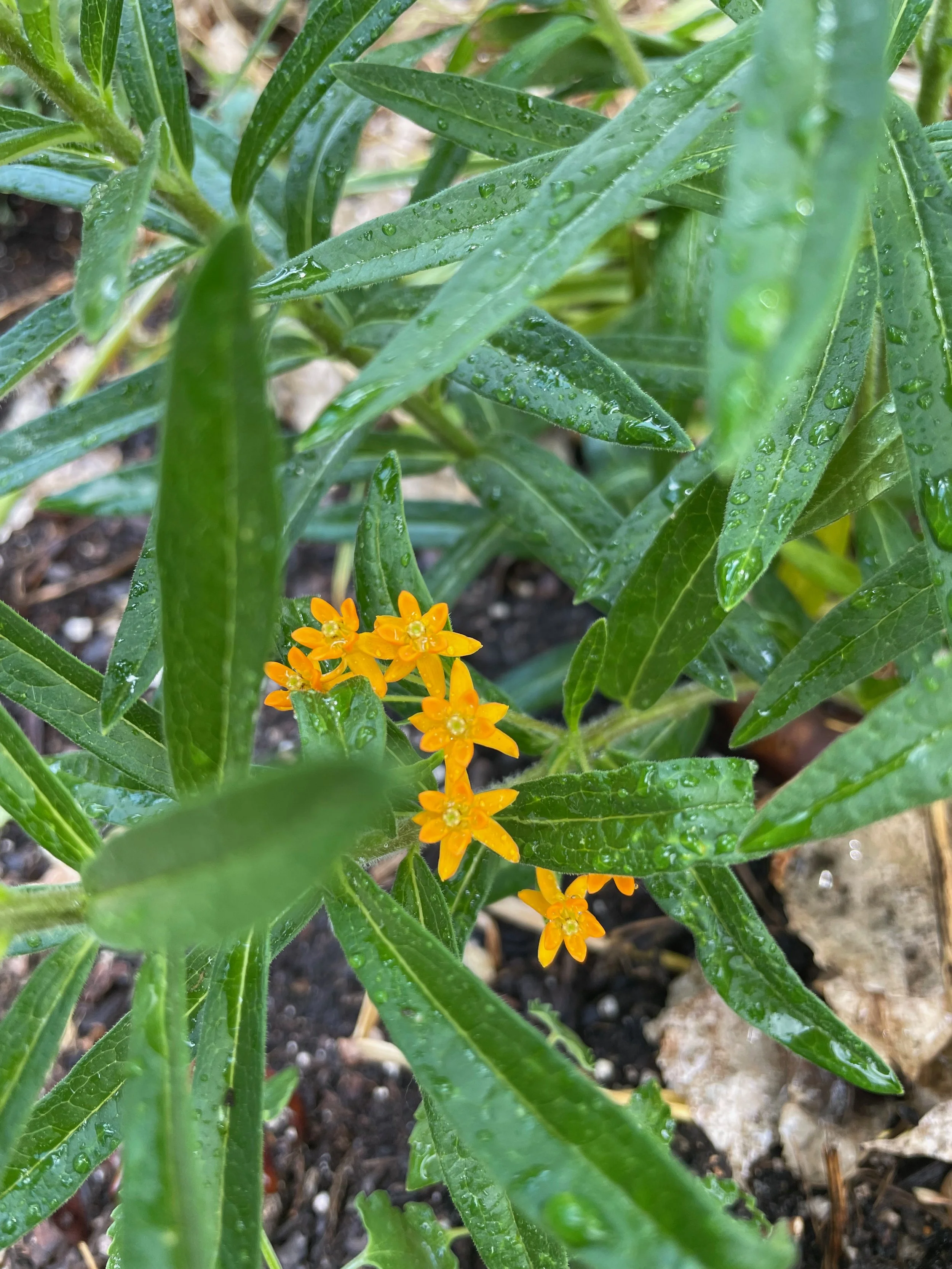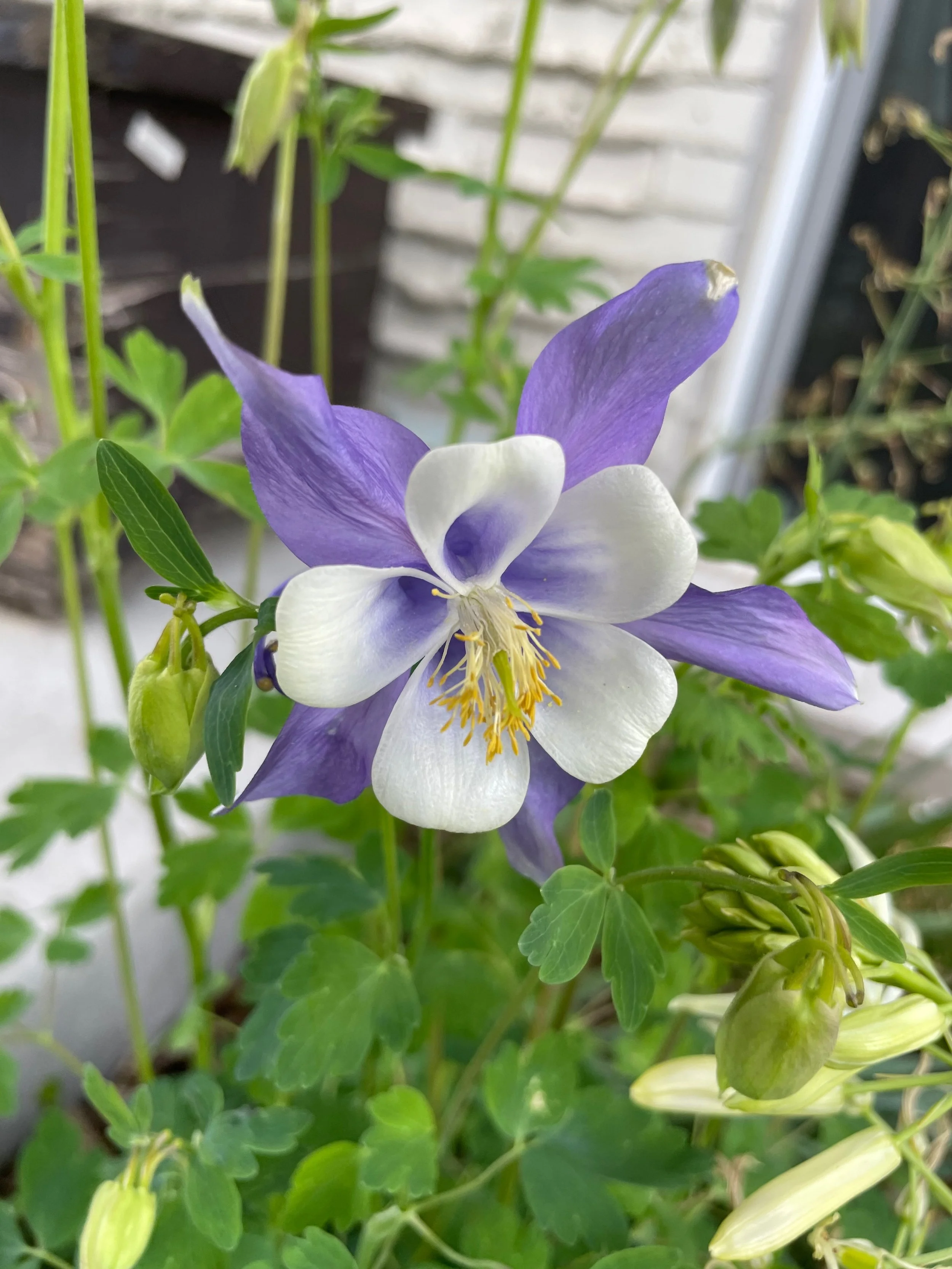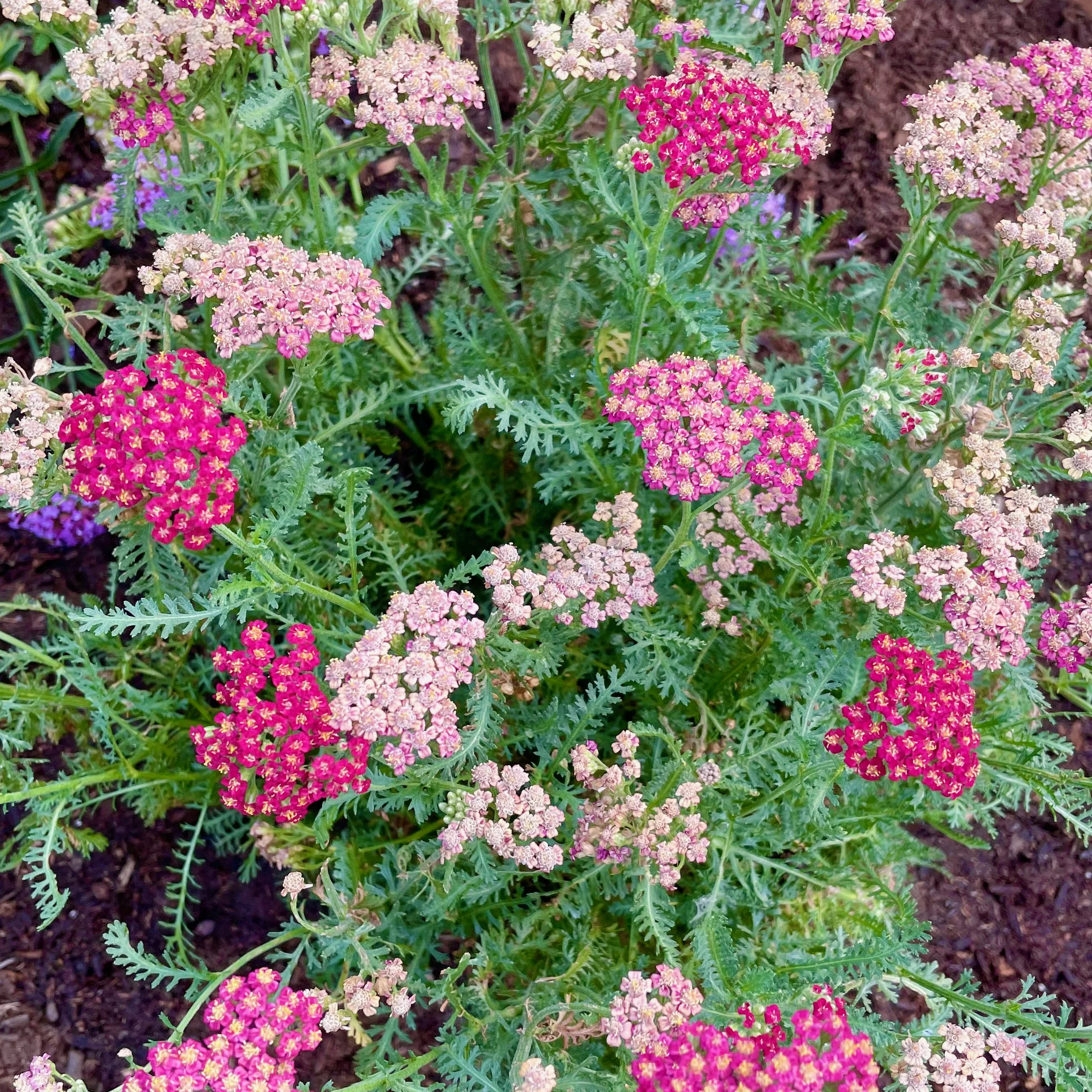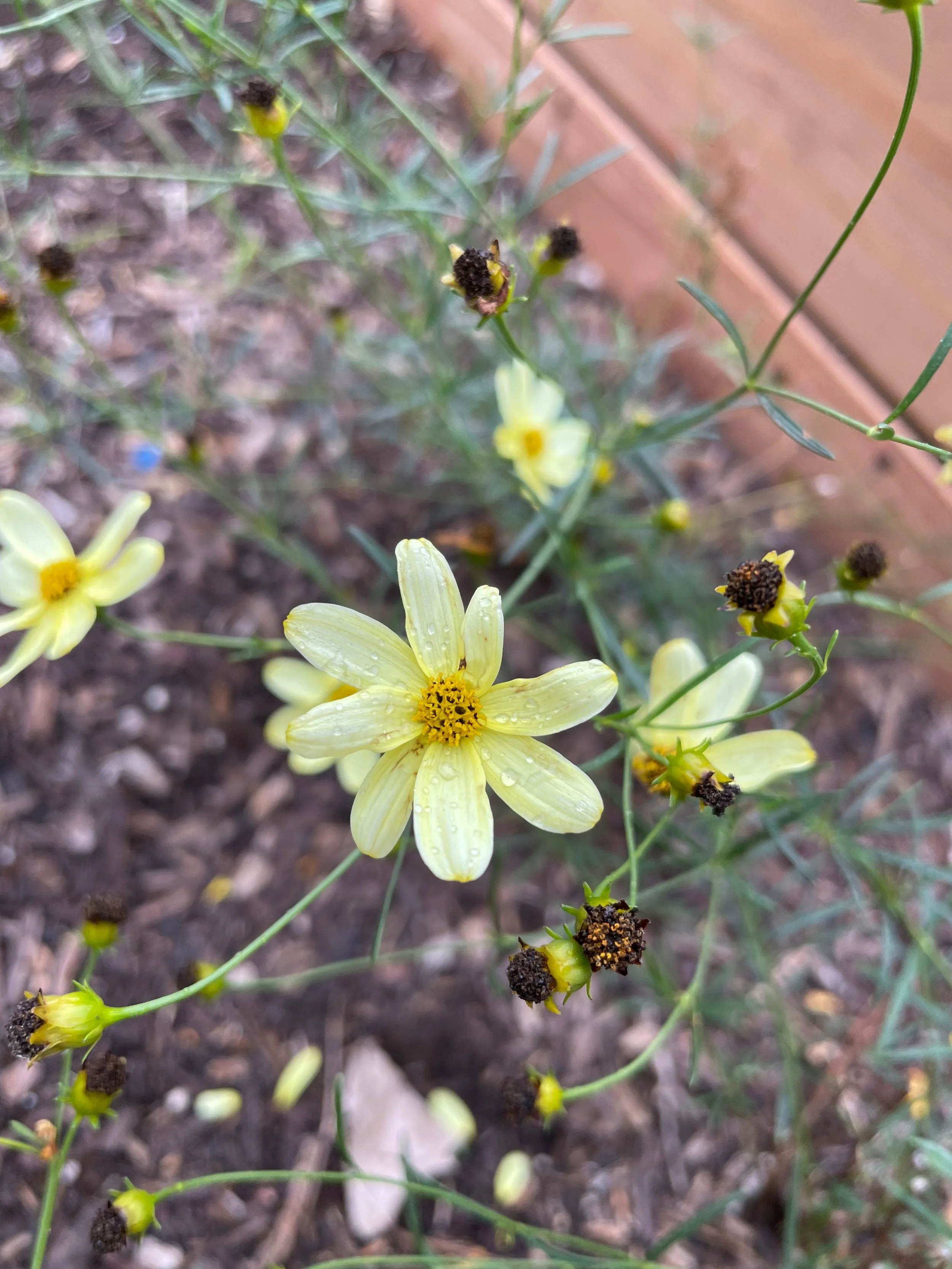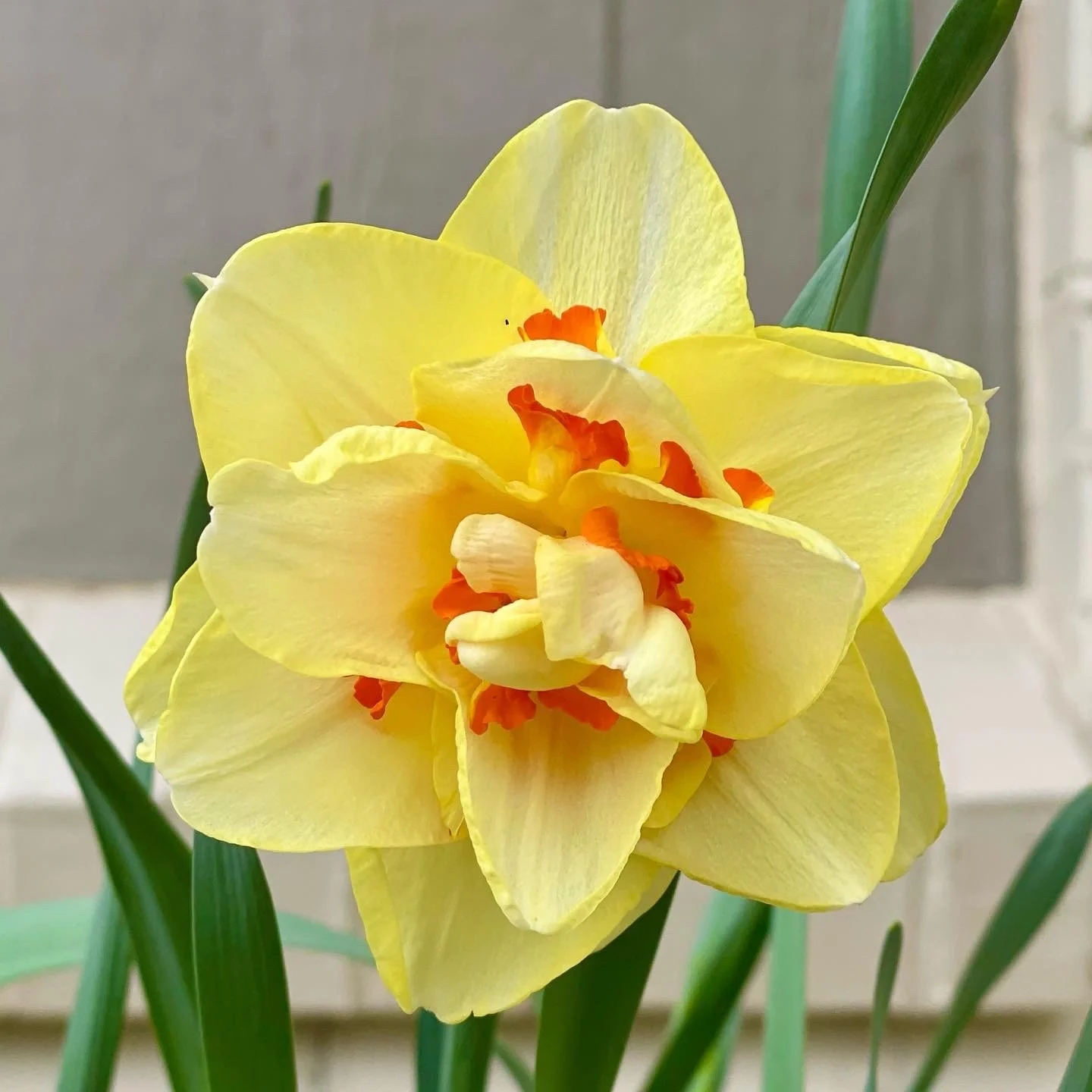Firewise Plant Suggestions
for Your Yard or Garden
Last week on my Substack I got a great question from Elizabeth:
"Good morning, Angela! Your writing is inspiring and photos - as always! - so beautiful. The Chelsea writings have gotten me thinking, though: we are currently grappling with what "zone zero" looks like for us: how can we make our home fire safe, minimize pesticide application | probably no DG, sadly! , AND beautiful?!
I've dug up lots of the greenery (ahem - watered weeds!) around our home, and have planted some natives, some annuals... but none of it meets zone zero specs. Any thoughts about this? I haven't been able to find many resources, and am guessing CA is likely the first to be dealing with this policy concept."
This is a great question, and it is one for which there are a variety of not-great answers. What should North American gardeners plant near their homes?
I should preface this by saying: I am not a fire expert. But as a Colorado Master Gardener, we have received lots of training on this subject – especially after the Marshall Fire. And since the Marshall Fire was VERY close to our home, I have taken steps as a gardener to change what I plant in response.
In part, my answer is:
If you are in a fire zone, choosing plants that are native and low in flammable oils are best.
Remove ALL cedars and cypress, eucalyptus, and Russian olive trees. They are full of oil and are highly flammable.
If you have plants around your house, make sure they are well-watered, native to your area, and clean up fallen leaves and debris. Normally I say “leave the leaves” but in that zone right around your house, that is the exception.
If you have irrigation, consider plants with a higher moisture content like succulents — depending on your exposure. Keep them well-watered which helps to keep them from being easily flammable.
Plant Suggestions for Close to Your House
So, what do I plant in my gardens closest to my home?
I do have flower beds in what is considered Fire Zone 0 or 1 (depending on which state you are in) – within the first five feet of my home. And in the years after the Marshall Fire I have changed what I plant there.
Note: I am gardening in Colorado in Zone 5|6 (not to be confused with the fire zones)
So here's my current list of plants. I have removed almost all shrubs – and those I have I keep very small and ornamental. And my planting scheme is focused on native herbaceous perennials.
Yarrow | Achillea millefolium
Blanketflower | Gaillardia aristata
Red Twig Dogwood | Cornus sericea
Coral Bells | Heuchera sanguinea
Snow in Summer | Cerastium tomentosum
Dead Nettle | Lamium species
Speedwell | Veronica species
Allium | Allium 'Globemaster' and other varieties
Columbine | Aquilegia
Butterfly Milkweed | Asclepias tuberosa
Coreopsis
Pacific Bleeding heart | Dianthus formosa
Coneflower | Echinacea purpurea
Hardy Geranium | Geranium cinereum
Candytuft | Iberis sempervirens
Rocky Mountain Penstemon | Penstemon strictus
Pasque Flower | Pulsatilla patens
Black-eyed Susan | Rudbeckia fulgida
Lamb's Ear | Stachys byzantina
Bee Balm | Monarda fistulosa
Hellebores | Helleborus orientalis
Knautia macedonica
Korean Feather Grass | Calamagrostis brachytricha
Ninebark | Physocarpus opulifolius
Campanula | Campanula rotundifolia
Geum 'Totally Tangerine'
Roses
Salvias
English Lavender | Lavandula angustifolia
Most of these plants are on the University of Oregon and/or Colorado State University lists of fire-resistant plants. But not all of them. And while I am concerned about fire danger, I'm not in a very high-risk area. But that risk keeps changing.
And remember: no plant is fireproof. This is about choosing plants which help to mitigate risk and make your home incrementally safer.
Equally important when thinking about what you plant is HOW you maintain it. Dead plants are easy kindling, right? So keeping your plants healthy and happy is key.
Tips for Firewise Plant Maintenance in Zone 1 | within 5 feet of your house :
Don't leave the leaves. I leave the leaves everywhere else. But in Zone 1, I move them away. I don't want them to be dry and crunchy close to my house.
Don't chop and drop. Again, I chop and drop everywhere else, but anything that I cut back in those close beds gets composted elsewhere.
No bark or wood mulch. I use compost as mulch in this area.
Cut back in the fall. I don't cut back anything else in the fall, but in those close beds, I cut everything to the ground and cover it all with fresh compost.
Use living mulch. I often seed in clover as a living mulch in early spring before my perennials emerge.
Keep everything well-hydrated. While most of these plants are pretty drought-tolerant, I keep them watered. It's just another layer of protection.
Firewise Tips for Plant Maintenance
🌿 20 Firewise Plants for North American Gardens
You may not live in Colorado, so here's a quick and dirty list that covers a broader swath of the continent, but as always, check with your local county extension office and your local Master Gardeners as they may have a better list for where you live!
🌸 Groundcovers & Perennials
Yarrow | Achillea millefolium – Drought-tolerant with fine texture and low resin.
Blanketflower | Gaillardia aristata – Hardy perennial with low maintenance needs.
Daylily | Hemerocallis spp. – Moisture-retaining foliage, wide zone adaptability.
Sedum | Sedum spp. – Succulent groundcover with very low flammability.
Wild Strawberry | Fragaria vesca – Firewise groundcover with spreading habit.
🌱 Grasses
Blue Fescue | Festuca glauca – Low-growing clumping grass, low fuel potential.
Tufted Hairgrass | Deschampsia cespitosa – Native bunchgrass with open structure.
Muhly Grass | Muhlenbergia rigens – Light, airy growth; low litter.
🌿 Shrubs
Manzanita | Arctostaphylos uva-ursi – Some varieties are lower in oils and more firewise, like Kinnikinnick.
Toyon | Heteromeles arbutifolia – Evergreen native to CA; low ignition risk if maintained.
Red Twig Dogwood | Cornus sericea – Moisture-rich stems and roots; excellent for defensible zones.
Serviceberry | Amelanchier spp. – Multi-stemmed native with seasonal interest and low flammability.
Currant | Ribes spp. – Moist, flexible branches and low oil content.
🌲 Trees
Maple | Acer spp. – Open canopy types like Bigleaf Maple | A. macrophyllum are better for firewise use.
Honeylocust | Gleditsia triacanthos – Deciduous with open branching and low litter accumulation.
Crabapple | Malus spp. – Low resin, moisture-rich foliage, good defensible space species.
Quaking Aspen | Populus tremuloides – Fire-resistant bark, moisture-loving; especially good in colder climates.
🌼 Native/Regional Choices
California Fuchsia | Epilobium canum – Native to CA, low-growing with vibrant flowers and low ignition risk.
Penstemon Penstemon spp. – Low litter producers with high drought and fire resilience.
Coral Bells | Heuchera spp. – Moisture-retaining foliage and compact growth habit.
at the close…
Elizabeth, I hope this helps! And for all of you gardeners out there: this is an evolving science. But we CAN use our gardens as firesafe tools. Just follow the general rules – keeping things tidier and well-maintained closer to your home. And think carefully about what you plant where.
Happy Gardening!
Angela
Subscribe now so you never miss a thing!



